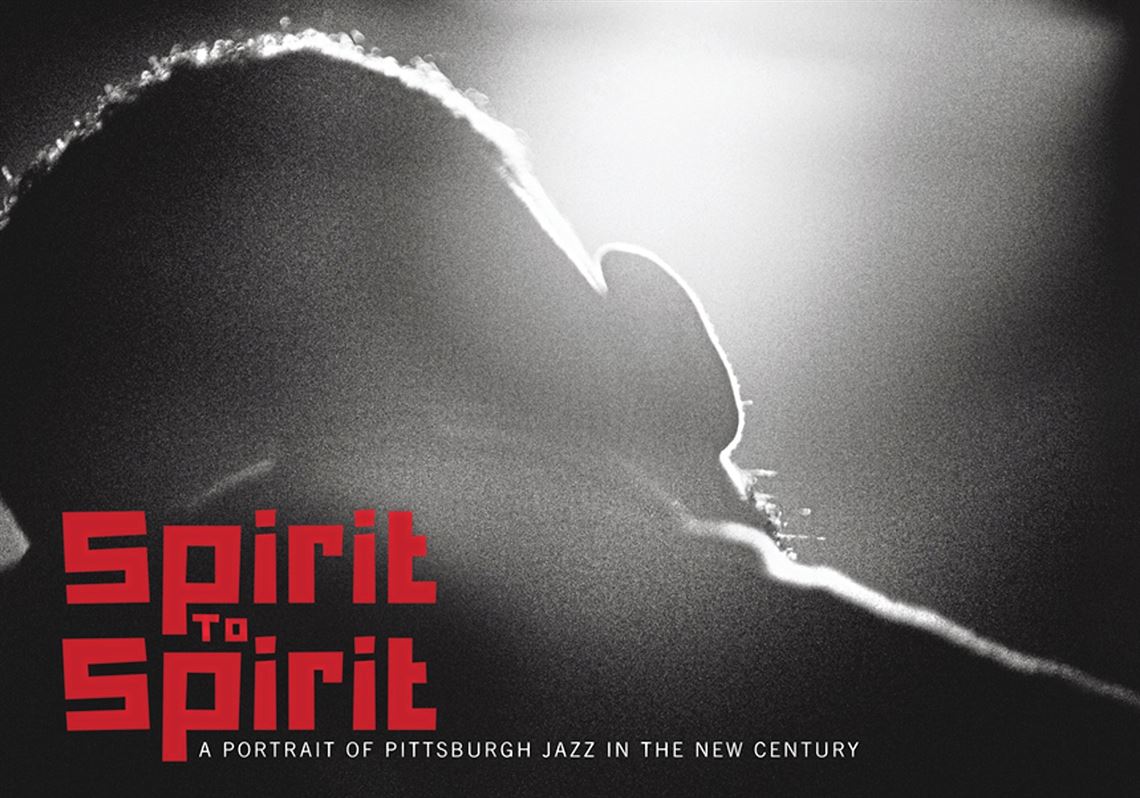Jazz fans know that Pittsburgh’s well of musical and vocal talent runs deeper and stronger than the mighty Ohio River.
Now everyone can read about gifted veterans and emerging performers who make this town swing in a new book, “Spirit to Spirit: A Portrait of Pittsburgh Jazz in the New Century.”
With appropriately rhythmic prose from author Abby Mendelson and stunning photographs by David Aschkenas, the elegant volume designed by David Wachter is a hymn to jazz and an homage to the cool cats and chanteuses whose memorable performances stir our souls.
The book was six years in the making, and — remarkably — each member of this high-flying trio gave his time and talents for free. MCG Jazz, a venue for recording, preserving and showcasing jazz, paid for the book’s publication.
MCG Jazz ($39.95).
Mr. Mendelson’s prose puts you in the rooms where the soloists soar and the band plays the notes hard and right. Here is how he describes trumpeter Ron Horton:
“Modest and moderate, calm and clear, firm against all comers, there stands Horton like a stone wall. In this maelstrom of music, in the rattle and hum of Roger Humphries’ rolling thunder drums, Max Leake’s impossible arpeggios on keyboard, Dwayne Dolphin’s thundering bass, Lou Stellute’s wall-shaking sax, Horton is the rajah of restraint.”
From Agnes Katz Plaza to the Backstage Bar in Downtown’s Cabaret at Theater Square, from City of Asylum’s Alphabet City to Andys in The Fairmont, Mr. Mendelson and Mr. Aschkenas visit the venues, soaking up the sound and the stories.
The book’s pictures show why jazz is so integral to Pittsburgh’s past, present and future. Music lovers as well as aspiring musicians, singers and teachers may come to consider it a kind of grail.
Why did Pittsburgh produce so many jazz legends?
“My high school music teacher told me that jazz is indigenous to African American people,” Dolphin says in the book. “To tell that to a 15-year-old kid is completely empowering.”
In the first half of 20th century, students took free music lessons at the Hill District’s Irene Kaufmann Settlement. Many families owned pianos, and public high schools such as Westinghouse, Schenley and Peabody emphasized music education. Back then, at least 30 night spots dotted the Hill District, notably the Hurricane, the Harlem Casino and the Crawford Grill Nos. 1 and 2.
Pittsburgh virtuosos who set a high bar for excellence include Ray Brown, Errol Garner, Mary Lou Williams and George Benson. A guitarist who started playing in clubs at age 7, Benson is still alive. The rest are gone but can be heard on recordings or seen on the internet.
Today’s local jazz incubators include Homewood’s Afro American Music Institute, Pittsburgh’s High School for the Creative and Performing Arts, university music programs, the Pittsburgh Jazz Orchestra, and that harder than hard knocks school called the road.
In the book, trumpeter Sean Jones offers this argument for Pittsburgh’s place in jazz history: “Pittsburgh, as the center of the Industrial Revolution, produced an enormous working class. And with it a great work ethic. That was the anvil. You worked. You worked hard. You won.”
For African Americans, “jazz served the twin goals of self-expression and a better life,” Mr. Mendelson writes.
Some readers will wonder about artists who are missing from the book, including vocalist Maureen Budway and Geri Allen, an arranger, musician and educator who influenced many young people. Both women died before interviews could be scheduled, Budway in 2015 and Allen in 2017. The same is true for keyboard player Donna Davis, who is pictured in the center of the book. She died in 2015.
The book will be released Thursday night at MCG Jazz when five musicians are inducted into the Pittsburgh Jazz Legends class of 2019. The inductees are percussionist George Jones, pianist Max Leake, drummer Chuck Spatafore, saxophonist Lou Stellute and guitarist Mark Strickland.
The doors at MCG Jazz, 1815 Metropolitan St., North Side, open at 6:30 p.m., followed by an induction ceremony at 7 p.m. From 7:30 to 8:30 p.m, the Ralph Peterson Messenger Legacy Band plays a tribute to Art Blakey. The drummer and bandleader of the Jazz Messengers was born in Pittsburgh a century ago on Oct. 11, 1919. A reception follows the concert.
For more information, visit mcgjazz.org.
Marylynne Pitz: mpitz@post-gazette.com, 412-263-1648 or on Twitter:@mpitzpg.


You need to be a member of Pittsburgh Jazz Network to add comments!
Join Pittsburgh Jazz Network